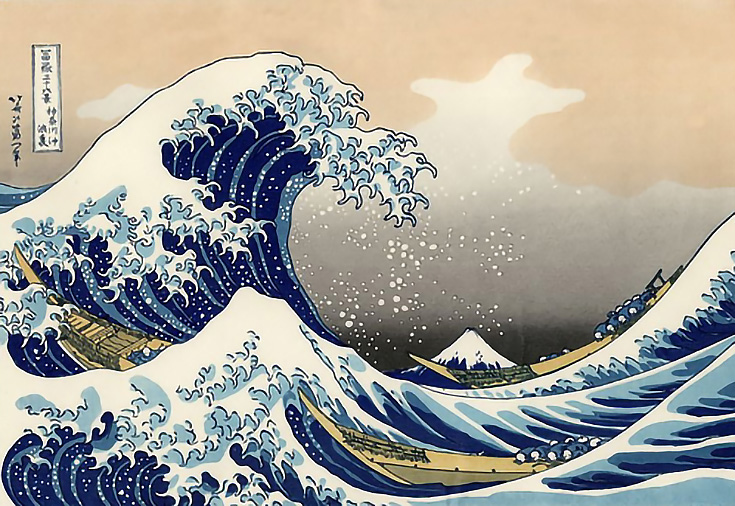In this second film we see Daniel with Miyagi departing to Japan, to Miyagi's hometown of Okinawa a small rural village. Miyagi went to Japan to see his father, severily ill and close to the end of his father, since his father was the end of his life.
On arriving at the airport Miyagi came face to face with his old enemy named Jure', now a rich man and leading a corrupt gang of criminals.
Jure' promised revenge over Miyagi, so the outer conflict of Jure' is shown by an aggressive tone towards Miyagi.
Miyagi was sad seeing that Jure' still kept the conflict with him going on, which had started when they were still very young. He does not want to fight.

On arriving at his hometown of Okinawa he met his mother and relatives and spend the last days with his father before he died. In the meantime we see Daniel exposing himself to a new culture of Japan, eating and living with their old traditions and some times having Miyagi explaining his traditions and life when he was just a kid.
Afterwards the father died and we see Miyagi and family with relatives doing a traditional Japanese ceremony for the death of his father.
Jure' kept his conflict with Miyagi and going, this is shown in the film by his inflicting damages and intimidating the people of Okinawa, inorder to make the small population flee and clear the land for development. Throughout the film we see a small gang doing damages to their croping fields and buildings.
Daniel gets intimidated and involved in this conflict by being bullied by a part of Jure's gang of his age, particularly by a Japanese violent guy send by Jure'.
The conflict between Jure'and Miyagi is manifested by the producer with a tsunami scene, consisting of heavy rain and strong violent twisters, striking this hometown and the small population finding reffuge in small shelters underground.
Miyagi and Daniel help out those people still in difficulty to find a refuge. While Jure' was trying to find a refuge for himself, lightning struck an electric pole near him and this pole came down on Jure. Miyagi immediatly went to Jure'and helped him get out from under this wooden pole with the help of Daniel. Jure' was surprised getting the help from Miyagi after so much intimidation and aggressiveness towards him.
This scene reconciled Miyagi and Jure'.
Meanwhile after the tsunami had passed, the Japanese boy challenged Daniel to a Karate fight. Daniel accepted to settle once and for all this outer conflict. Miyagi guided Daniel through a training programm in his Dojo situated by his family's house. He taught him and made him practice old traditional Japanese karate moves taught to him by his father when he was just a kid.
Finally the fight was set in a small typical Japanese arena with the population of the town as spectators.
Daniel with a typical movement and punch taught by Miyagi put his opponent to the ground, and the spectators applauded Daniel and bringing these conflict to an end.





